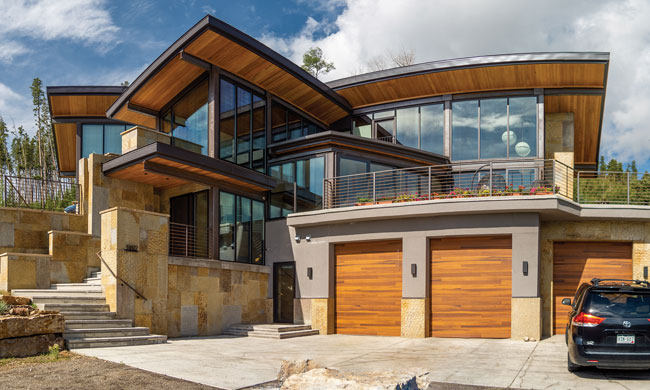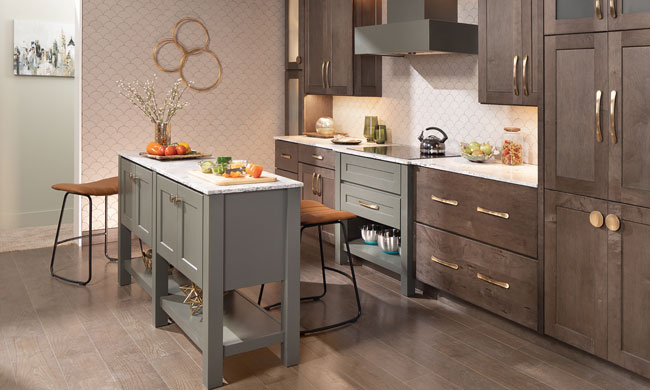
(Family Features) If you’re considering a kitchen renovation, you’ve probably heard cautions about avoiding overly trendy designs that can diminish your home’s value and limit its appeal to future buyers. That’s sound advice, but many of this year’s trends are relatively neutral and have long-term staying power.
Kitchen upgrades are typically all about making practical updates to meet the needs of a family. The key to smart design is incorporating functional elements a family requires while striking a balance between style and trends that quickly become outdated.
Before you dive into a kitchen project, consider these on-trend design recommendations from the experts at Wellborn Cabinet.
Add Health-Focused Features
As the hub of nutrition, it’s no surprise wellness design features are making their way into the kitchen. Some examples include appliances with air frying or steaming features, and double ovens are appearing in more homes, making home meals for the family easier to manage. Also look for technology that simplifies meal planning and managing your pantry inventory, as well as features that regulate food storage temperatures more precisely, including during power outages.
Shift Back to Wood Stains
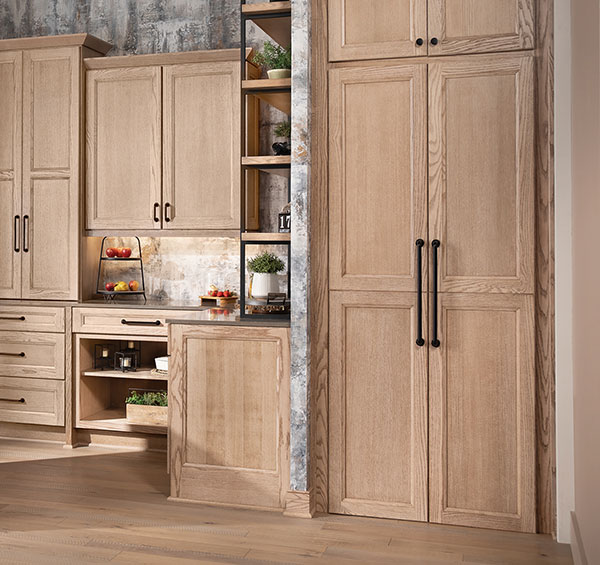 Painted cabinets had their moment, but the latest designs are revealing a movement back toward warm wood grains, specifically oak. As trends continue to shift toward embracing natural elements, as well as exploring diverse color palettes, cabinet manufacturers are constantly innovating to meet the demands of consumers and design professionals alike.
Painted cabinets had their moment, but the latest designs are revealing a movement back toward warm wood grains, specifically oak. As trends continue to shift toward embracing natural elements, as well as exploring diverse color palettes, cabinet manufacturers are constantly innovating to meet the demands of consumers and design professionals alike.
To elevate contemporary cabinetry design, Wellborn Cabinet introduced captivating finishes that celebrate natural materials and textures. Inspired by the highly desired white oak at a more accessible price point, Boardwalk offers a breath of fresh air, allowing the unique oak wood grain to take center stage. The striking finish of Peppermill introduces a versatile darker brown hue with a subtle gray undertone, adding depth, dimension and sophistication. If you’re not quite ready to fully embrace natural wood tones, Alabaster may be a perfect alternative; this hue provides the timeless elegance of neutral white.
Dedicate Space for Beverages
Food prep may be a mainstay in functional kitchen design, but a growing number of homeowners are calling beverages a close second with the addition of built-in coffee bars or smoothie stations and specialized storage for beer and wine. Countertop or supplementary nugget ice makers are another example of trending kitchen accessories that reinforce a growing focus on beverages for all occasions.
Go for Contemporary Cabinetry
Your kitchen’s cabinet doors play an important role in defining your design aesthetic. Consider Wellborn’s wide variety of door styles, several of which have been redesigned to support the trend toward a simpler, smaller rail that’s in favor among designers and homeowners alike. With softer, more up-to-date appearances, they feature eased profiles to produce simple, straight, clean appearances. Options like Breckenridge and Ridgebrook offer updates to the modified shaker style with a clean, modern, less clunky aesthetic. Made of quality, solid wood, they feature a reversed raised center panel to coordinate with a variety of design styles.
Embrace the Middle Ground
Kitchen islands are hardly a new design element, but an increasing number of homeowners are making them a major focus of their renovations. A kitchen trends study by Houzz revealed 42% of homeowners are opting for islands that are 7 feet long or more. That’s extra prep space, but also more room for casual seating or socializing while hosting. Also gaining popularity are double islands for double the workspace.
Skip Bland Backsplash Tile
The wall space between your countertops and upper cabinets may not amount to much, but it’s a sure place to make a style statement. This year’s designers are saying farewell to stark white subway tile backsplashes. Instead, nature- and earth-inspired tones are trending. You can still use subway tile but consider a variation from the traditional stacked design. Texture is another option for modernizing your backsplash; think handcrafted tiles or earthy textures but take care to avoid overly busy patterns.
Find more inspiration for your kitchen remodel at wellborn.com.
Wellborn Cabinet







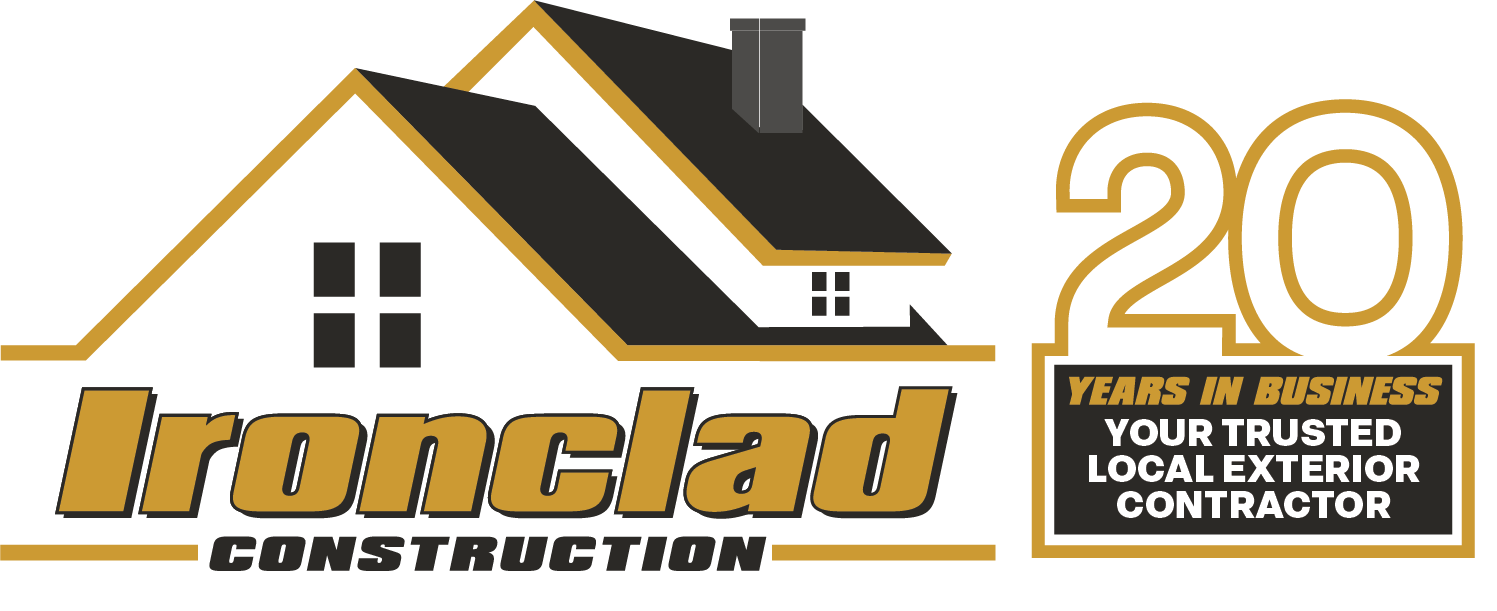
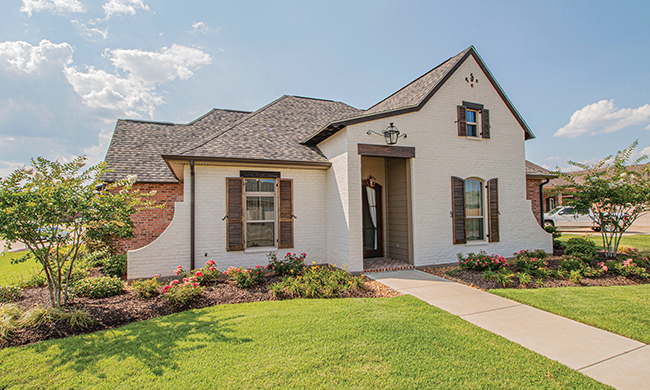
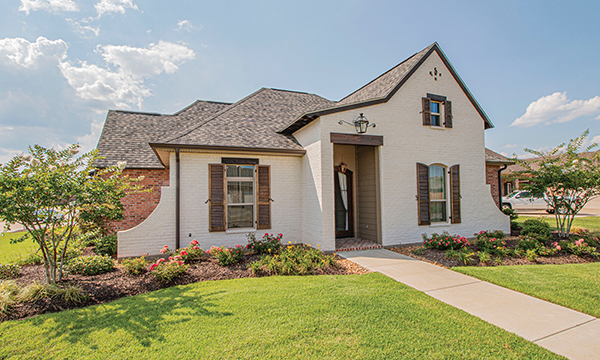
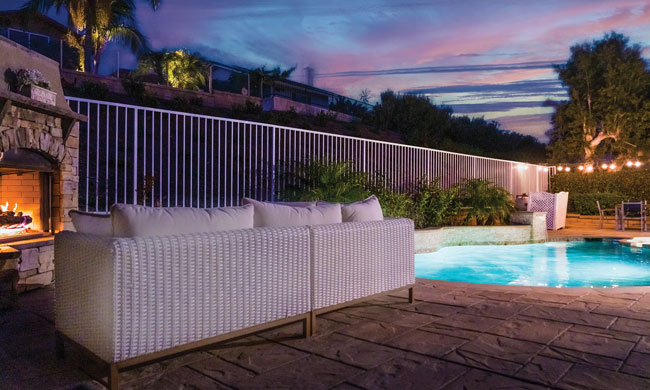
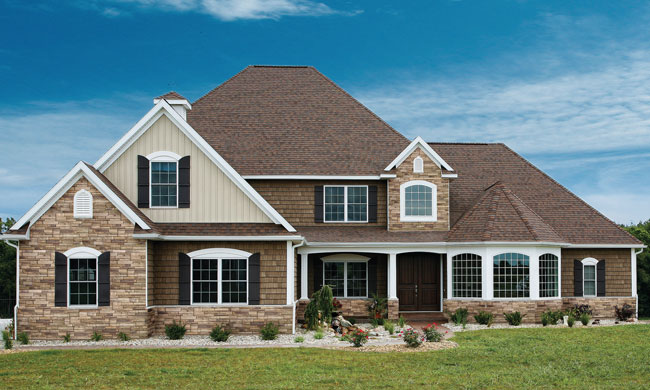
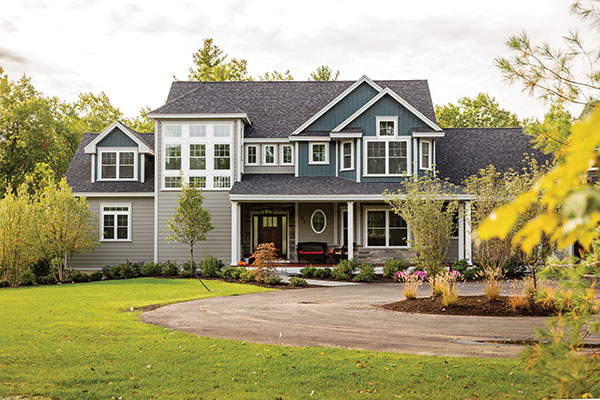 Connecting people more closely with nature and natural elements, biophilic design can lead to increased well-being and productivity. Growing wellness and environmental concerns are driving demand for outdoor living space improvements and integration of nature in design, including elements like green roofs, living walls and large windows.
Connecting people more closely with nature and natural elements, biophilic design can lead to increased well-being and productivity. Growing wellness and environmental concerns are driving demand for outdoor living space improvements and integration of nature in design, including elements like green roofs, living walls and large windows.

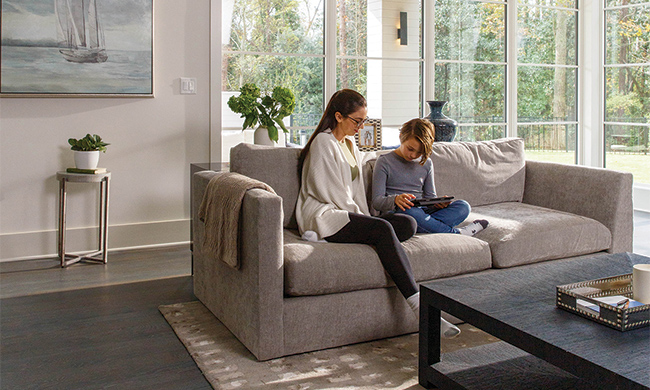
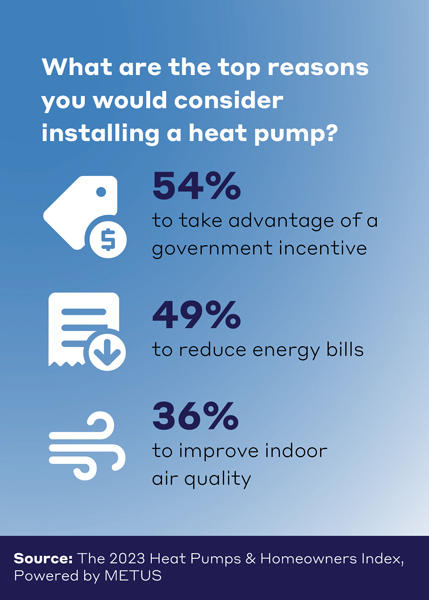
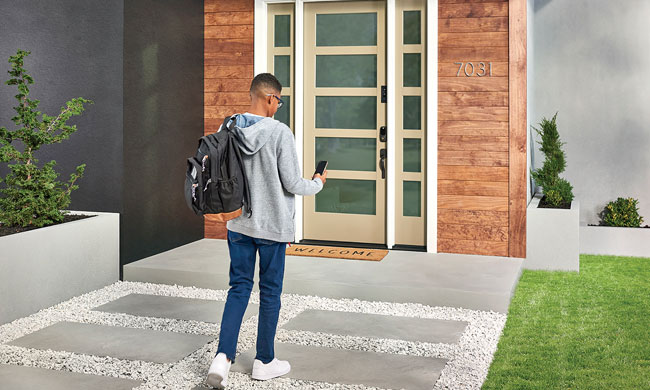
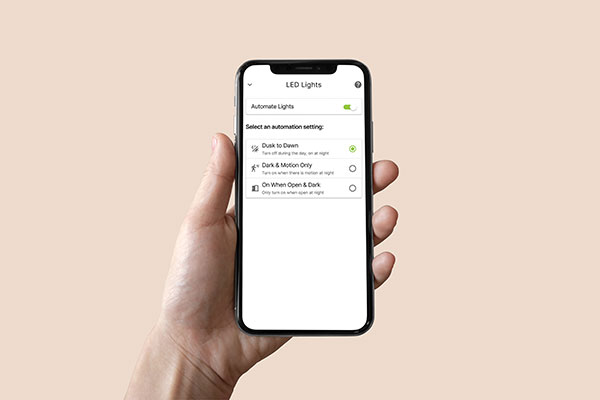 Take your front door to the next level with a high-performance model incorporated with top tech like the Masonite M-Pwr Smart Door, the first residential front door to fully connect to your home’s electrical system and wireless internet network. Homeowners can create a customized welcome-home experience with the door’s motion-activated LED welcome lights and a smart lock that recognizes your arrival and automatically unlocks. Whether at home or away, homeowners can use the door’s smartphone app to program the lighting, confirm if the door is open or closed with a door state sensor or monitor the entryway with a built-in video doorbell.
Take your front door to the next level with a high-performance model incorporated with top tech like the Masonite M-Pwr Smart Door, the first residential front door to fully connect to your home’s electrical system and wireless internet network. Homeowners can create a customized welcome-home experience with the door’s motion-activated LED welcome lights and a smart lock that recognizes your arrival and automatically unlocks. Whether at home or away, homeowners can use the door’s smartphone app to program the lighting, confirm if the door is open or closed with a door state sensor or monitor the entryway with a built-in video doorbell.